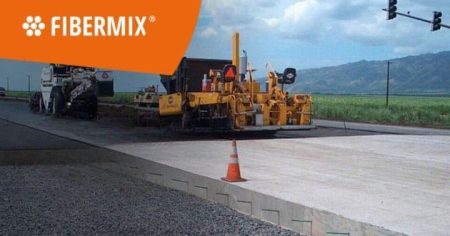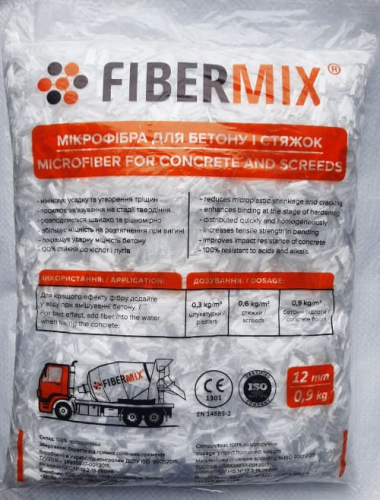
Crack resistance of heavy concrete and foam concrete
Today, in construction, the percentage of concrete use in road works is increasing, when paving is arranged. Studies of crack resistance of heavy concrete recommends them as the best option in the construction of highways that comply with European standards. Due to the daily increase in the number of cars, the load on the road surface also increases. Therefore, the development and implementation of innovative technologies, which are based on the inclusion of reinforced polypropylene fiber in concrete, is so important.
One of the main criteria for high-quality pavings is the crack resistance of heavy concrete when installing surfaces. Serious load contributes to increased internal cracking. The operation of concrete pavement is associated with constant dynamic and shock loads. And these loads lead to an increase in microcracks and their growth to macrocracks, which are markers of concrete failure. Indeed, the shrinkage of the material in the first day after laying, in the absence of concrete micro-reinforcement with polypropylene fibers, can result in the appearance of cracks that violate the integrity of the structure.

The results of the study of crack resistance of concrete reinforced with fiber
To compensate for such shortcomings of concrete, dispersed reinforcement with polypropylene fiber is used. Microfibers are evenly distributed in the volume of the material, which contributes to its strengthening. The concrete, strong in itself, reinforced with polypropylene fiber, acquires even greater strength, resistance to mechanical and weather influences.
Advantages of polypropylene fiber-reinforced concrete:
- Prevents the spread of micro-cracks.
- Increases the overall strength of the concrete.
- Enhances resistance to environmental factors.
- Reduces energy consumption during elastic deformation.
- Extends the service life and enhances the safety of concrete structures.
The feasibility of reinforcement is observed both at the subcritical stage, and with already formed cracks, entailing further destruction of concrete. With the introduction of polypropylene fiber into the composition, the following effect was observed – the fiber restrains the process of microcrack development from the moment of its formation to complete defragmentation. Analysis of the subcritical and supercritical stages of destruction showed that concrete reinforced with polypropylene fiber has an improvement in both cases.
In comparison with unreinforced samples, the value of energy consumption for elastic deformation and total energy consumption for local deformation in the crack region is 1.3-1.4 times higher. Thus, the crack resistance of concrete after reinforcing with polypropylene fiber increases significantly, which increases the period of active operation, and increases the safety of concrete products.
Advantages of foam concrete:
- reduces the load on structures due to its lighter weight;
- provides heat and sound insulation;
- offers ease of application;
- although it has lower crack resistance, this disadvantage can be minimized with proper application.
Recommended products
 |  |
| Armotec Fibre | Fibermix Microfiber |